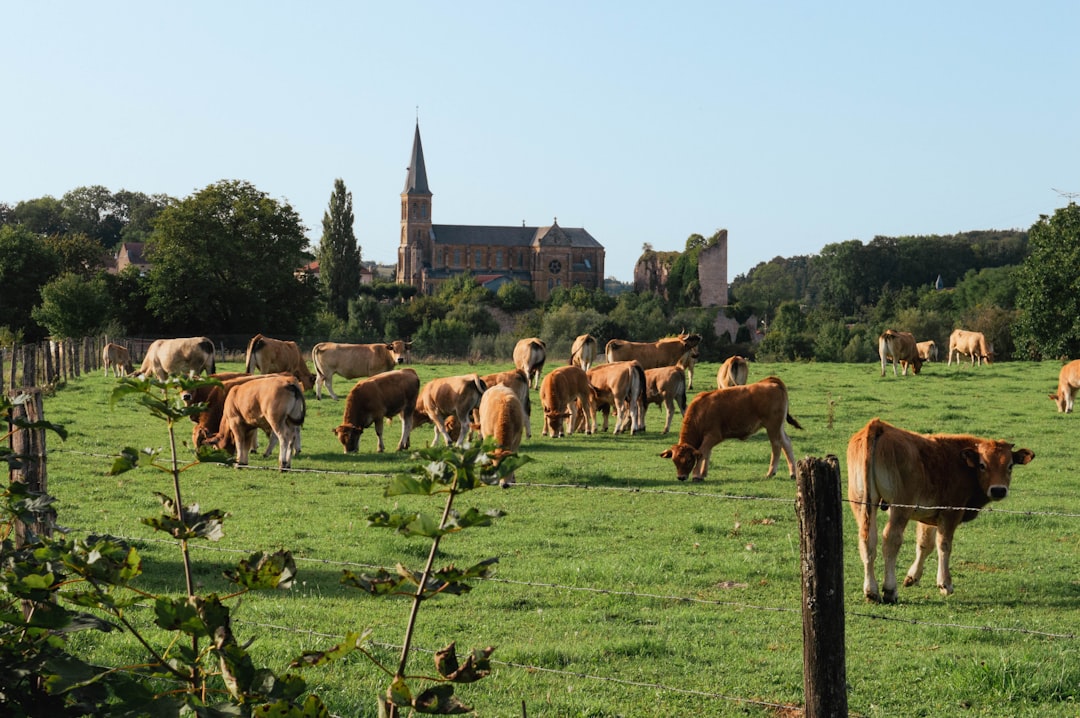In the face of climate change and increasing global food demands, preserving breed diversity in farm animals is crucial for ensuring resilience and sustainability in agricultural systems. Different breeds have evolved to thrive in various climates and production systems around the world, offering unique advantages that can help farmers adapt to changing environmental conditions.
Why Breed Diversity Matters
Breed diversity is essential for several reasons:
-
Adaptation to Climate Change: Indigenous breeds are often better adapted to local conditions, including extreme temperatures, droughts, and disease resistance. This adaptation helps them survive and produce in challenging environments, making them invaluable for sustainable agriculture.
-
Genetic Variation: The genetic variation within and between breeds provides a broad genetic pool that can be used to improve productivity and resilience. This diversity allows for the selection of traits that are beneficial under different environmental conditions.
-
Sustainable Production Systems: Local breeds are often well-suited to low-input systems, reducing the need for intensive management practices and high-cost inputs. This makes them ideal for small-scale farmers and community-based breeding programs.
Examples of Adapted Breeds
Cattle Breeds
-
Jersey Cattle: Known for their high butterfat content and heat tolerance, Jerseys are adaptable to various climates, making them suitable for dairy production in diverse environments.
-
Simmental Cattle: Originating from Switzerland, Simmentals are versatile and can thrive in both cold and warmer climates, although their productivity may decrease in warmer conditions.
-
Evolène Cattle: An ancient Swiss breed, Evolènes are robust and well-suited to mountainous regions. They are less prone to infections and can produce large quantities of milk relative to their size.
Sheep Breeds
-
Merino Sheep: Renowned for their fine wool, Merinos are hardy and adaptable to harsh climates, particularly dry and semi-arid environments.
-
Dorset Sheep: Known for their ability to breed year-round, Dorsets are efficient in meat production and can adapt to various climates, including cold and temperate regions.
Community-Based Breeding Programs
Community-based breeding programs have been successful in countries like Ethiopia and Peru. These programs focus on indigenous breeds, enhancing their productivity while maintaining genetic integrity. Key elements include:
-
Farmer Training: Improving selection methods to retain desirable traits.
-
Pooling Community Flocks: Creating a large gene pool for breeding.
-
Scientist-Farmer Interactions: Evaluating breeding options and facilitating informed decisions.
Conclusion
Preserving breed diversity in farm animals is vital for building resilient agricultural systems capable of withstanding climate change and meeting future food demands. By leveraging the unique traits of local breeds and implementing community-based breeding programs, we can ensure sustainable livestock production that supports both environmental health and economic viability. As the world continues to face environmental challenges, the importance of preserving genetic resources through breed diversity will only continue to grow.
Citations:
- https://juniperpublishers.com/jdvs/JDVS.MS.ID.555697.php
- https://agtr.ilri.org/global-perspective/diversity-animal-genetic-resources-invaluable-future-developments.html
- https://anselfarm.com/the-effects-of-different-climates-and-weather-conditions-on-the-productivity-and-efficiency-of-various-livestock-breeds/
- https://www.swissinfo.ch/eng/science/tough-cows_ancient-cattle-breeds-better-adapted-for-climate-change/41823752
- https://openknowledge.fao.org/server/api/core/bitstreams/39578fbb-26f9-4fa7-944e-cd579bcefc09/content/a0070t07.htm
- https://www.icarda.org/research/innovations/community-based-livestock-breeding
- https://cgspace.cgiar.org/bitstreams/8b2b6e91-07d8-499d-bba9-2da73c2264ae/download
- https://www.frontiersin.org/journals/genetics/articles/10.3389/fgene.2014.00461/full
- https://www.fao.org/4/x6526e/X6526E18.htm
- https://www.frontiersin.org/articles/10.3389/fgene.2023.1119024/full
- https://www.bothends.org/uploaded_files/inlineitem/Digitaal_case_02.pdf
- https://agriculture.ec.europa.eu/system/files/2023-05/factsheet-agriresearch-genetic-resources-and-breeding_en.pdf
- https://mmm.fi/en/animals-and-plants/conservation-of-the-genetic-diversity-of-agricultural-plants-and-animals
- https://cordis.europa.eu/project/id/244356/reporting/it
- https://openknowledge.fao.org/server/api/core/bitstreams/3d5ce91a-2122-4cd5-b325-af1e09264c8b/content
- https://www.fao.org/4/v8180t/v8180t0y.htm
- https://orgprints.org/10822/1/breeds07.pdf
- https://openknowledge.fao.org/server/api/core/bitstreams/67edb34e-43f3-452f-b390-543be71bb97c/content
- https://polyfarming.eu/wp-content/uploads/2021/01/Pasture-management-n%C2%BA5_Main-breeds-of-domestic-farm-animals.pdf
- https://www.fao.org/climate-smart-agriculture-sourcebook/production-resources/module-b8-genetic-resources/chapter-b8-4/en/

Comments
No comments yet. Be the first to comment!
You must be logged in to comment. Login